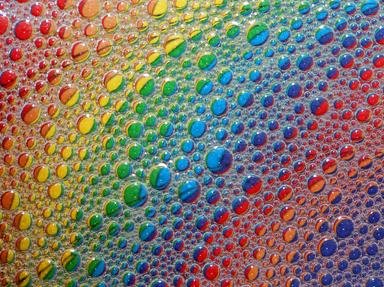Quiz Answer Key and Fun Facts
1. The fruit produced by a very long-lived tree
2. A herbaceous plant with a popular flavour
3. A flower that grows wild in the fields
4. An ornamental plant with vibrantly coloured flowers
5. A tree whose wood has musical connections
6. A delicious fruit that grows on a bush
7. A flowering plant associated with cleanliness
8. The prized wood of a tree grown in Central America
9. A plant with tiny seeds mentioned in the Bible
10. A juicy fruit originally from China
Source: Author
LadyNym
This quiz was reviewed by FunTrivia editor
agony before going online.
Any errors found in FunTrivia content are routinely corrected through our feedback system.
